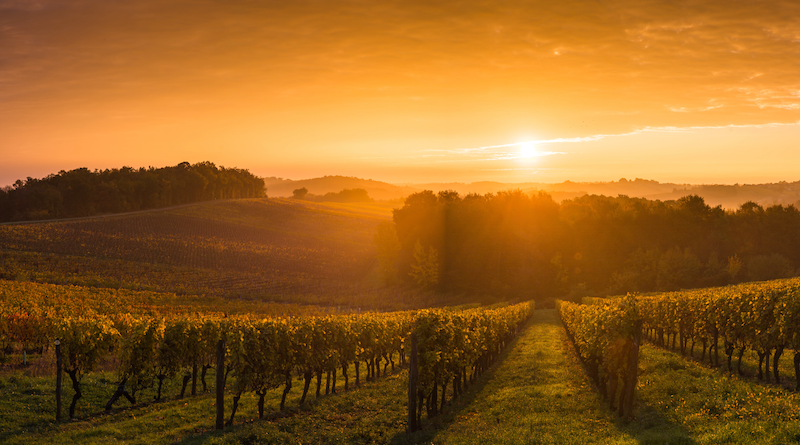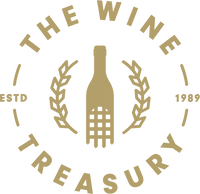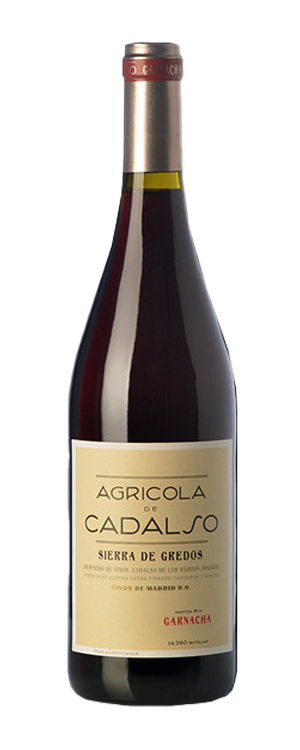
Laberinto
Laberinto ᛡ The DO of Colbún in Chile’s Maule Valley, in the southeast of the country, is a region so cool that when the Tirado family embarked on the Laberinto project in 1990, it was not even considered suitable for wine production. The vineyard is planted at 600m of altitude at the foot of the Andes: it has soils with strong volcanic and mineral elements, a climate influenced by cool days and cold nights, and a variety of exposures and sites. Laberinto now consists of twenty-three hectares of Sauvignon Blanc, Chardonnay, Riesling, and Semillon, Merlot, Cabernet Sauvignon, Cabernet Franc, Syrah, Pais and Pinot Noir. The whole vineyard is planted at high densities (1.0 x 1.6m or 6,250 vines/ha), yielding about one kilo per vine. The climate at this altitude, with its medium warm days and very fresh nights, intensity of sunlight and very low humidity makes possible a very natural wine making process with manual harvest in the morning, crushed directly into tank by gravity.
Although the vineyards are at the heart of every wine producer we work with, here they seem to have an even greater level of importance, deeply influenced by the diversity of volcanic and mineral soils, different microclimates and exposures. In an effort to make the most of these soils, vines have been planted on curves and slopes, varying the soils and the exposure of the fruit to the sun, resulting in the eponymous labyrinth of vines, and in wines with truly impressive intensity, style, and character.
The soils have been categorised into three different types, each of which gives its name to a range of wines: Cenizas, Arcillas, and Trumao. The Cenizas wines come from soils composed of volcanic ash. Planted on curves and slopes, they create a circular, rhythmic layout of the vineyards, producing wines of great minerality, acidity, freshness, elegance and length on the mouth. The Arcillas wines (“clays”’ in Spanish) are produced with natural winemaking processes, fermented in clay amphoras over 100 years old, with intervention kept to a minimum and no filtration. In style these are very mineral with great complexity and intensity. Finally, the Trumao wines come from vineyards planted in the coolest areas and from Trumag soils, a particular type of volcanic soil found in the region, deep with a certain content of organic matter that allows vines with a very sensitive root system such as Sauvignon Blanc, Merlot and Cabernet Franc to establish themselves in a balanced and sustainable way over time. These wines are aged for twelve months in barrels of lenga wood from Tierra del Fuego.










